Joint Preservation Surgery

Joint Preservation Surgery in Jaipur

Image Source: https://static.javatpoint.com/
A joint in the body is the point where 2 or more bones meet and allow movement. Maintaining our mobility, independence, and general quality of life depends on the health of our joints. Healthy joints enable us to move freely, participate in physical activity, and carry out daily duties with ease. Keeping joints healthy also helps delay or avoid the development of joint-related disorders like osteoarthritis. We can continue to lead active, healthy lives long into our senior years by taking measures to maintain and safeguard our joints.
Our joints constantly deteriorate as we go through our daily lives, which can cause wear and tear, discomfort, stiffness, and decreased mobility. It can be nothing short of extreme distress for people who have to endure chronic pain and limited mobility to be able to walk, run, and participate in activities they previously loved. Individuals may regain their independence, regain their confidence, and resume living a fulfilling life after joint preservation surgery.
Joint preservation can significantly improve the quality of life for people who experience persistent joint pain and mobility problems. Joint preservation surgery can aid people in regaining mobility, reducing discomfort by repairing cartilage loss, replacing damaged tissue, or realigning joints.
“The upkeep of our joint health requires maintaining the fitness and efficiency of our bodies,” says Dr. Dilip Mehta, founder of the world-class 360 Knee Clinic. “Unfortunately, many people assume that their joints will always work properly without any effort on their part.”
Dr. Mehta is a highly esteemed joint preservation surgeon in Jaipur with over 15 years of expertise in treating orthopedic conditions.
Understanding joint preservation
Joint preservation is a purposeful surgical or non-surgical approach to preserving joint health. It entails taking steps to protect, support, and strengthen the joints. This includes changing one's lifestyle, such as adhering to a nutritious diet and exercise regimen. Also, when necessary, seeking out medical interventions such as medication, physical therapy, and joint preservation surgery is essential.
Joint preservation surgery vs. Joint replacement surgery

Image Source: https://www.jointpreservationinstitute.com/
An orthopedic expert can treat joint-related disorders like osteoarthritis with joint preservation and replacement surgery. They are different, nevertheless, in terms of strategy and goal.
Joint preservation surgery
Joint preservation surgery aims to preserve as much of the natural joint as possible while repairing or restoring damaged joint tissue. Surgery involves techniques like ligament repair, osteotomies (the realignment of the bones), or cartilage repair or transplantation.
“The main objectives of joint preservation surgery are reducing the discomfort and regaining function,” explains Dr. Dilip Mehta, a renowned orthopedic surgeon in Jaipur. “It also enables delaying or avoiding the need for more intrusive operations like joint replacement surgery.”
Joint replacement surgery
Joint replacement surgery involves extracting diseased or worn-out joint tissue and substituting it with an artificial joint. This may be required when joint impairment is severe and irreversible, and other approaches, such as joint preservation techniques, are no longer viable. Although joint replacement surgery is a more invasive treatment with a more extended recovery period, it can be very beneficial for alleviating pain and restoring movement.
"The decision between joint preservation and joint replacement surgery depends on the degree of joint injury, age, general health, and personal preferences," says Dr. Dilip Mehta, Jaipur’s well-known sports injury specialist. "The choice is ultimately made in consultation with a medical expert who can evaluate the person's particular needs and circumstances."
Good candidates for joint preservation techniques
Candidates who would benefit from joint preservation techniques include:
- Joint preservation surgery may help younger patients who have joint damage from an accident or another reason to postpone the need for joint replacement surgery.
- The medical expert may advise early-stage arthritis patients to undergo joint preservation surgery to help limit the disease's progression and postpone joint replacement surgery.
- Surgery for joint preservation may be an option for active people who want to keep their mobility and range of motion to lessen discomfort and enhance joint performance.
- Joint preservation surgery may be most beneficial for patients with mild to moderate joint deterioration. Individuals with more serious joint injuries could need joint replacement surgery.
- Individuals with reasonable expectations for the procedure's results and overall good health may make good candidates.
- Joint preservation surgery may be an option for patients willing to dedicate themselves to a rehabilitation program following the procedure to speed up their recovery and get the best results.
"Patients who have joint pain and other symptoms but are not yet at the point where a joint replacement operation is required may opt to undergo joint preservation procedures." advises orthopedic expert Dr. Dilip Mehta. “Joint preservation aims to assist patients in keeping their joints functional and postpone the need for more intrusive operations.”
Different types of joint preservation surgery
Various procedures can help preserve the health of joints. Some of the options for joint preservation surgery include:
Osteotomy:
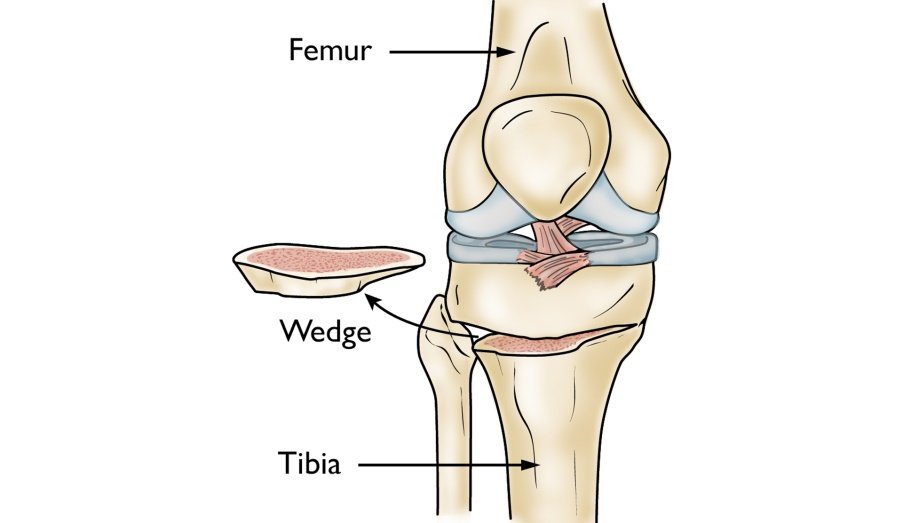
Image Source: https://orthoinfo.aaos.org/
In Osteotomy, the affected bone is cut and repositioned to correct abnormalities or to align the bone correctly. This helps relieve pressure on the damaged tissues and enables them to heal.
Partial (unicompartmental ) joint replacement:

Image Source: https://orthoinfo.aaos.org/
A surgical treatment in which the surgeon uses an artificial implant to replace a joint's diseased or damaged portion, such as the knee or hip. It is frequently carried out when the joint's damage is contained to a single location, and the remainder of the joint is still in good health.
Ligament reconstruction:

Image Source: https://www.stgeorgesurgical.com/
A surgical treatment that stabilizes the joint and restores function by replacing a torn or damaged ligament with a graft from another body region or from a donor.
Arthroscopic synovectomy:
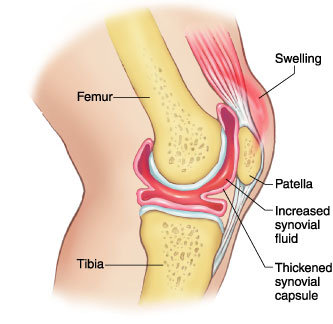
Image Source: https://cdn.hexahealth.com/
The synovium is a membrane that lines the joints and secretes synovial fluid to cushion the bone ends and reduces friction between them. Synovitis is the inflammation of synovium due to overuse of the joint or arthritis. Treatment involves the removal of the joint tissue that is inflamed.
Meniscus repair or transplantation:
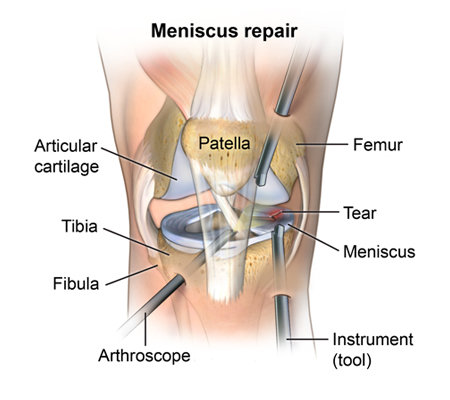
This procedure aims to repair or replace the damaged meniscus to prevent the progression of joint problems. Meniscus is a portion of cartilage in the knee joint that aids in stabilizing and cushioning the joint.
Comprehensive arthroscopic management (CAM):
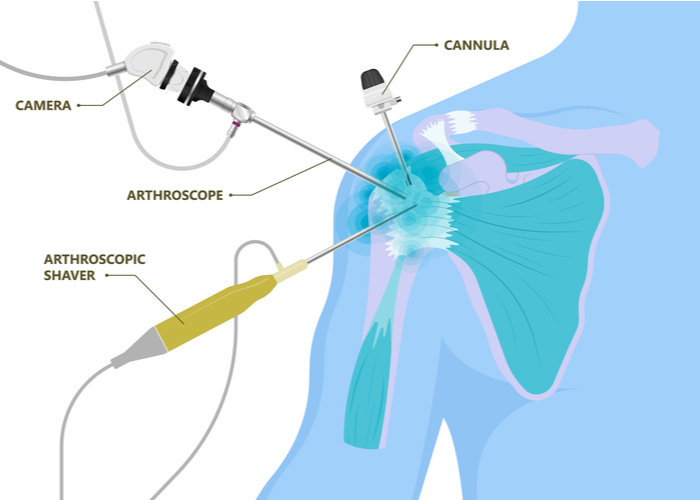 CAM is a minimally invasive surgical technique involving multiple small incisions. CAM can address conditions like labral tears, rotator cuff tears, and shoulder instability. The surgeon diagnoses and treats the damaged shoulder area using a small camera and specialized instruments inserted through the incisions.
CAM is a minimally invasive surgical technique involving multiple small incisions. CAM can address conditions like labral tears, rotator cuff tears, and shoulder instability. The surgeon diagnoses and treats the damaged shoulder area using a small camera and specialized instruments inserted through the incisions.
Thumb joint distraction:
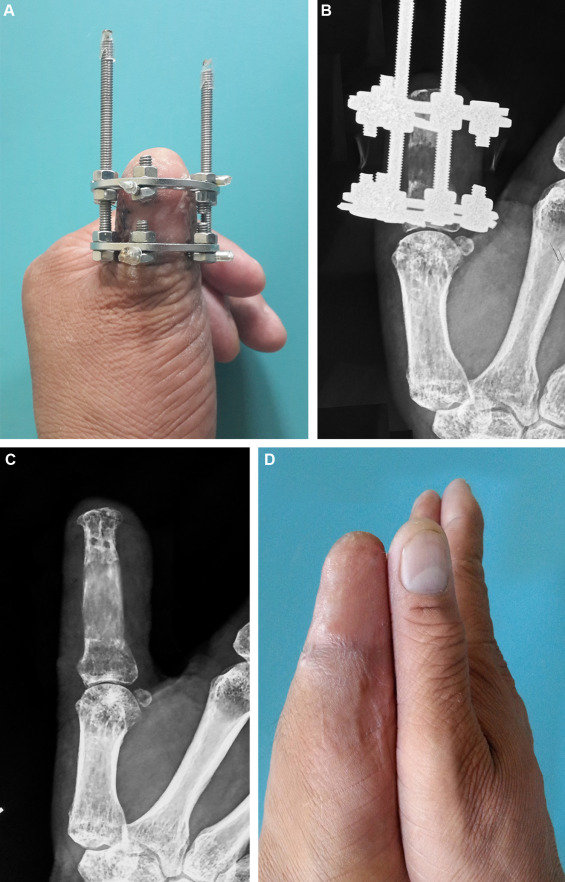
This procedure is typically employed to treat osteoarthritis of the thumb joint. The surgeon inserts a tiny device between the bones of the thumb joint to create space. This technique aims to relieve pressure on the thumb joint and thus reduce pain and enhance mobility.
Every patient is different; thus, choosing to have joint preservation surgery should be discussed with a highly-skilled orthopedic surgeon who can assess the patient's circumstances and prescribe the best course of treatment.
Benefits of joint preservation techniques
Joint preservation techniques to preserve the afflicted joint can:
- help to lessen the discomfort and swelling
- increase joint mobility and function, enabling patients to go about their everyday lives in less pain
- help delay or avoid joint replacement surgery, which is a more intrusive treatment with a more extended recovery period
- cause fewer scars with smaller incisions and less tissue damage
- help to delay the course of joint deterioration in patients with early-stage arthritis
- help preserve the native joint structure improving long-term results and lowering the likelihood of complications
Joint preservation surgery can aid people in regaining mobility, reducing discomfort, and improving their quality of life by repairing cartilage loss, realigning joints, or replacing damaged tissue.
Post-joint preservation surgery
The patient can typically expect the following protocol after the surgery:
Pain management: As with any surgery, the patient will experience some discomfort like pain, swelling, etc. The doctor will prescribe pain medications and management strategies like ice packs, the elevation of the operated area, and physical therapy.
Rest and immobilization: The operated joint will need immobilization through a cast, brace, or splint for the area to get proper rest, protection, and smooth healing.
Physical therapy: Physical therapy, after the joint has sufficiently healed, can help improve ROM (range of motion), flexibility, and strength.
Follow-up appointments: It is essential to stick to all follow-up appointments with the surgeon and physiotherapist to monitor the healing process and get modifications in recovery strategies if required.
Return to activities: Regular monitoring of the healing process will aid the surgeon and physiotherapist in advising the patient's gradual return to normal activities.
Why choose Dr. Dilip Mehta?
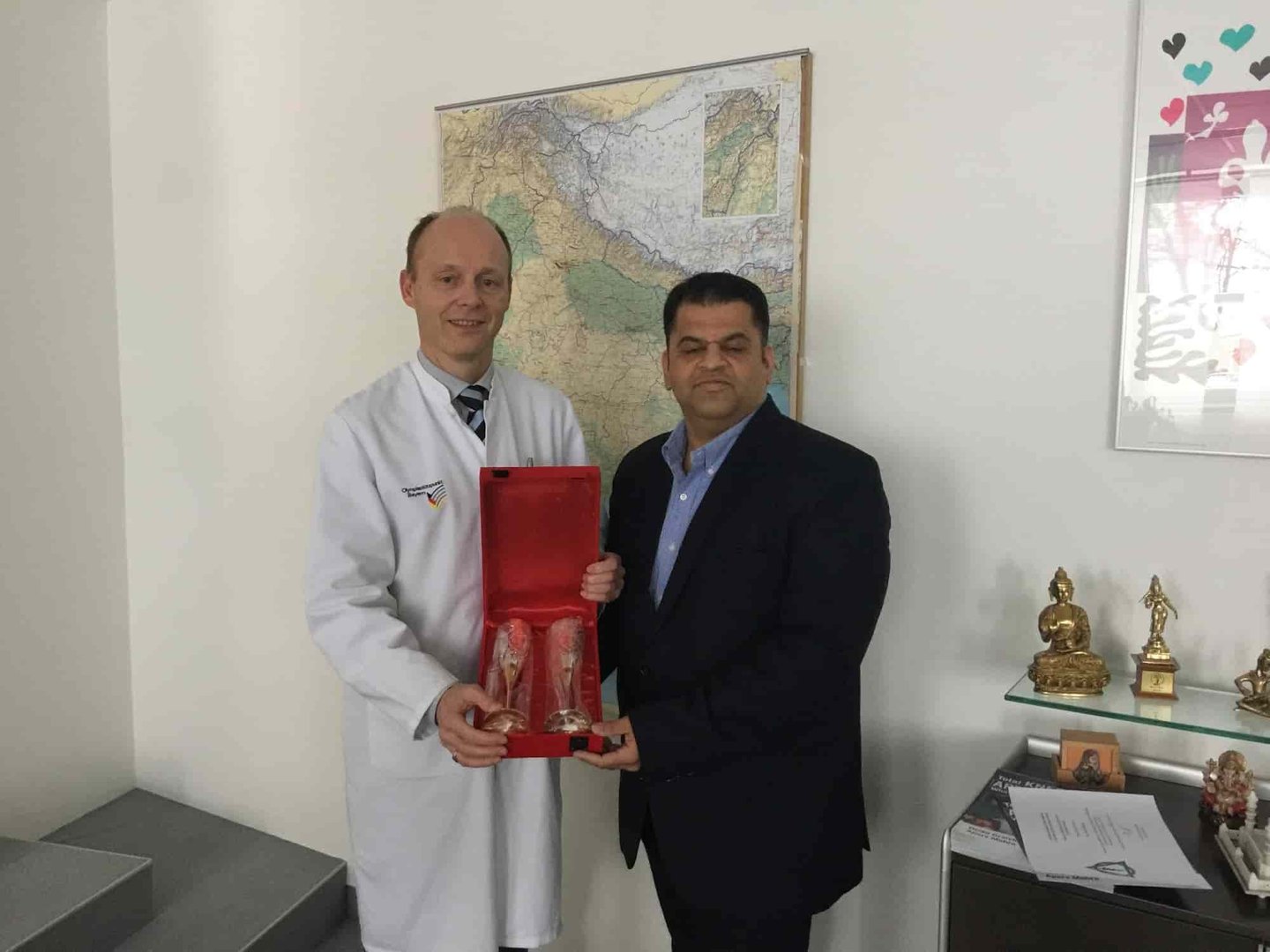
Dr. Dilip Mehta specializes in shoulder, elbow, hip, and knee operations and is one of Jaipur's leading orthopedic surgeons. He has over 15 years of experience and has devoted his professional life to improving orthopedic procedures. Dr. Mehta has received extensive international training in hip and knee surgery, arthroscopic surgery, and joint replacement. Thanks to his understanding, he has made a significant impact throughout his career.
Dr. Mehta has conducted over a thousand joint replacement surgeries. In order to broaden his understanding of the complex subject of replacement procedures, Dr. Mehta has pursued many courses and has numerous fellowships from India, Germany, and USA. Several top surgeons have collaborated with Dr. Mehta in the USA and Germany.
Due to his extensive knowledge, expertise, and patient testimonials, Dr. Dilip Mehta is among the preferred orthopedic specialists for people seeking joint preservation surgery in Jaipur.
